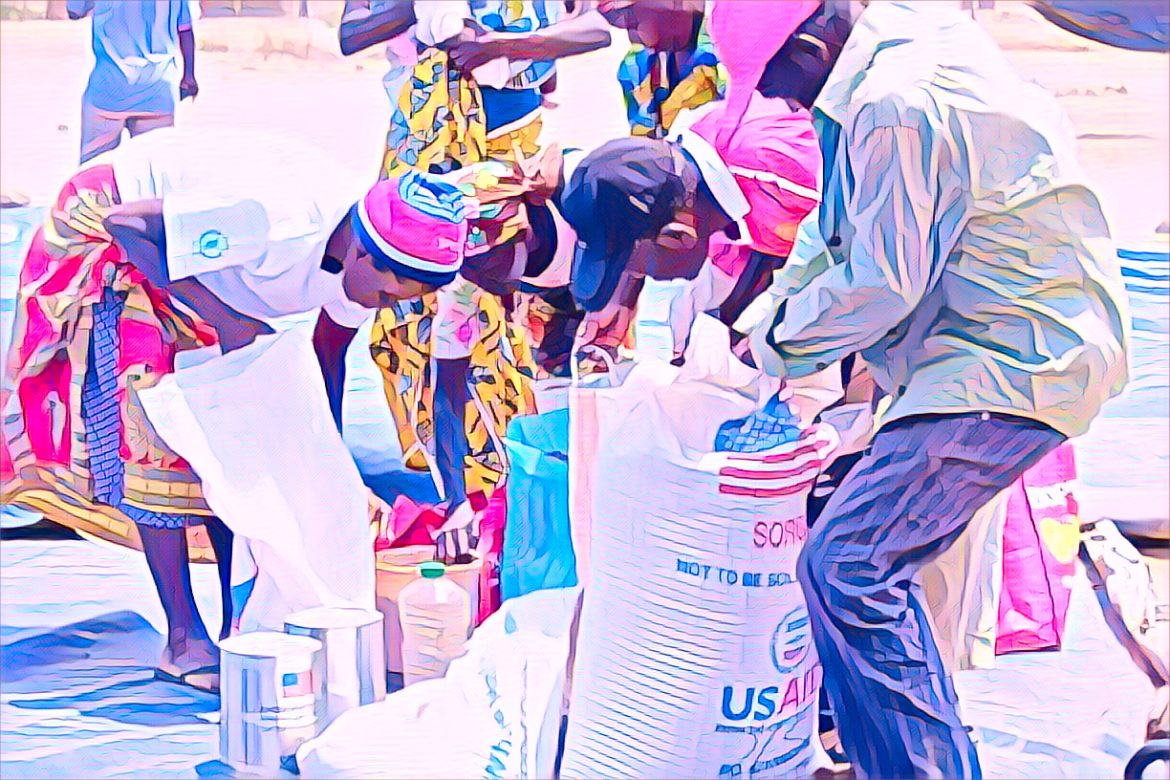Harare, Zimbabwe – In a bid to stave off widespread hunger caused by an El Niño-induced drought, over 1.6 million Zimbabweans are receiving crucial food aid. This effort is part of a coordinated response by the Zimbabwean government and international humanitarian organizations to mitigate the severe impacts of the drought on food security.
The drought, driven by the El Niño weather phenomenon, has drastically reduced agricultural yields across the country. Crops have withered, and water sources have dwindled, leaving many rural communities in dire straits. With agriculture being a cornerstone of Zimbabwe’s economy and a primary livelihood for a significant portion of the population, the drought’s effects have been devastating.
Minister of Public Service, Labour and Social Welfare, Paul Mavima, highlighted the gravity of the situation. “We are facing one of the most severe droughts in recent history. The food aid we are providing is essential to prevent a humanitarian crisis and ensure that no Zimbabwean goes hungry,” Mavima stated.
The food aid distribution is being managed through a collaborative effort involving various agencies, including the World Food Programme (WFP) and local non-governmental organizations (NGOs). The aid packages typically include maize meal, cooking oil, and pulses, which are staple foods for many Zimbabweans.
WFP Country Director, Francesca Erdelmann, emphasized the importance of timely intervention. “The drought has put immense pressure on vulnerable households. Our immediate goal is to provide life-saving food assistance while also working on long-term solutions to build resilience against future climatic shocks,” Erdelmann said.
The aid program targets the most affected regions, prioritizing households with young children, pregnant and breastfeeding women, the elderly, and those with disabilities. Local leaders and community organizations play a crucial role in identifying the neediest families and ensuring that aid reaches them promptly.
Despite these efforts, challenges remain. Logistics issues, such as poor road infrastructure and fuel shortages, have hampered the distribution of aid in some remote areas. Additionally, the COVID-19 pandemic has strained resources and complicated the delivery of humanitarian assistance.
To address these obstacles, the Zimbabwean government is working with international partners to enhance the efficiency of aid distribution. This includes the use of digital platforms to track aid delivery and ensure transparency, as well as deploying mobile units to reach isolated communities.
The El Niño-induced drought has also underscored the urgent need for long-term solutions to Zimbabwe’s recurrent food security issues. Experts advocate for investment in sustainable agricultural practices, improved irrigation systems, and drought-resistant crop varieties to enhance the resilience of local farming communities.
“We must look beyond immediate relief and focus on building a more resilient agricultural sector,” said Tendai Masuka, an agricultural expert. “This includes adopting climate-smart agriculture techniques, strengthening early warning systems, and enhancing the capacity of smallholder farmers.”
The international community has responded positively to Zimbabwe’s call for assistance. Several countries and global organizations have pledged financial support and technical expertise to bolster the ongoing relief efforts. However, sustained support will be crucial as the country navigates the aftermath of the drought and works towards long-term food security.
As Zimbabwe grapples with the challenges posed by the El Niño phenomenon, the collective efforts of the government, international agencies, and local communities offer a glimmer of hope. By providing immediate relief and laying the groundwork for sustainable agricultural development, these initiatives aim to ensure that Zimbabwe can withstand future climatic adversities and secure a stable food supply for its population.
Source: newzimbabwe.com


